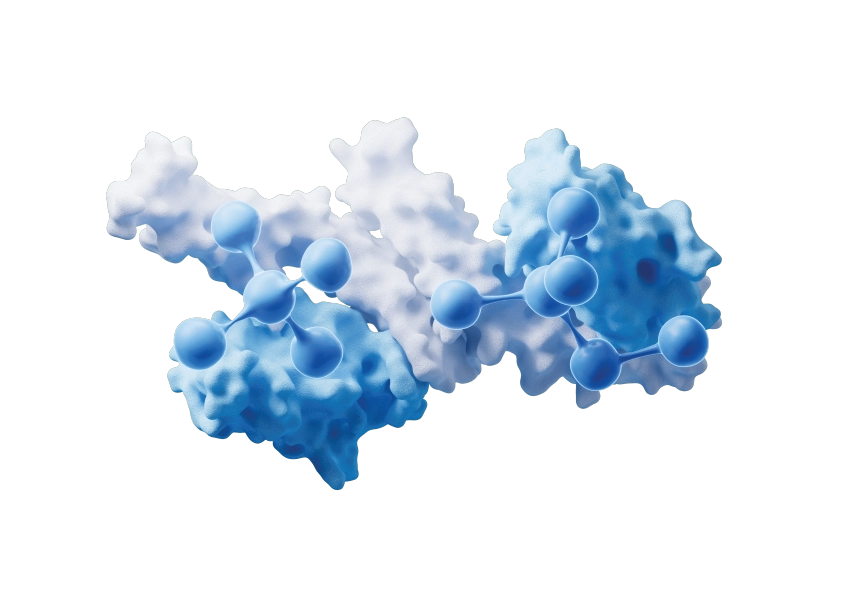Neo-antigens and alternative proteoform discovery
Neo-antigens and alternative proteoform discovery
The human genome is estimated to contain approximately 20,000 protein-coding genes. Including splice variants, the number of potential proteins expands to approximately 70,000. Post-translational modifications such as phosphorylation and glycosylation, and pervasive translation of non-annotated open reading frames (ORFs) can generate thousands of additional protein variants. All of these protein variants are collectively referred to as proteoforms. Detecting and characterizing this diverse array of proteoforms poses a significant challenge to traditional proteomic analysis approaches.
Tandem mass spectrometry can provide valuable insights into protein expression. However, sensitivity limitations, lack of annotations, and the inability to differentiate between gene products and proteoforms that share identical peptides can all result in missed information. More comprehensive analysis that can enhance identification and quantification of proteoforms may provide valuable new insights for biopharmaceutical development.
Ribosome profiling, sometimes referred to as Ribo-Seq, is becoming a potent tool for predicting alternative proteoforms by identifying translated ORFs and various translation initiation sites (TISs), including non-AUG initiated proteoforms. Expanding understanding of the effects of alternative proteoforms can be especially valuable in fields such as immunopeptidomics in which new, precise information regarding neoantigens is pivotal.

Ongoing efforts to map proteoforms in humans and other species may yield unique insights with implications for diagnostics and therapeutics.
Immagina’s RiboLace and AHARIBO workflows are robust and simple solutions to identify hidden polypeptides, providing a powerful tool to predict alternative proteoforms.
References
- Van Damme P, Gawron D, Van Criekinge W, Menschaert G. N-terminal Proteomics and Ribosome Profiling Provide a Comprehensive View of the Alternative Translation Initiation Landscape in Mice and Men. Molecular & Cellular Proteomics. 2014;13(5);1245–1261.
- Ivanov IP, Firth AE, Michel AM, Atkins JF, Baranov PV. Identification of evolutionarily conserved non-AUG-initiated N-terminal extensions in human coding sequences. Nucleic Acids Research, 2011;39(10);4220–4234.
- Hopkins BD, Fine B, […] Parsons R. A Secreted PTEN Phosphatase That Enters Cells to Alter Signaling and Survival. Science. 2013;341(6144);399–402.
- Liang H, He S, Yang J, Jia X, Wang P, Chen X, Zhang Z, Zou X, McNutt MA, Shen WH, Yin Y. PTENα, a PTEN isoform translated through alternative initiation, regulates mitochondrial function and energy metabolism. Cell Metabolism. 2014;19(5);836–48.
- Tzani I, Ivanov IP, Andreev DE, Dmitriev RI, Dean KA, Baranov PV, Atkins JF, Loughran G. Systematic analysis of the PTEN 5′ leader identifies a major AUU initiated proteoform. Open Biology. 2016;6(5);150203.
Related resources
Immagina Podcast
Prof. Alex Jaeger - Translation Analysis and Cancer Research

